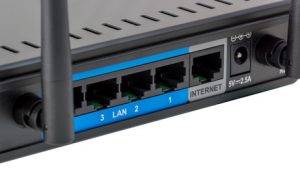Ensuring reliable home internet

Recent years have seen a marked improvement in broadband connections to residential properties. With the covid-19 pandemic increasing the amount of home working, customers are increasingly expecting enterprise-level internet connectivity in the comfort of their own homes.
In the UK, recent Ofcom figures show that the average speed of home broadband connections has increased by 60% since 2018. However, this new “higher” average download speed of 59.4Mbps is still a long way off the government target of offering 1GB download speeds to 85% of UK premises by 2025. While some of this speed gap is offset because many customers tend not to purchase packages that enable the full capacity speeds afforded by their connections, there is still much infrastructure to be built to meet government goals, as well as the expectations of consumers themselves.
Apart from the external infrastructure required, there is a need for the equipment in customer homes to be reliable. Some 70% of technical support calls fielded by ISPs about connection issues are ultimately caused by poor quality or incorrectly situated WiFi routers within the property itself.
Previously, ISPs could provide free, cheaply made WiFi routers to customers because the internet connections they were attached to were far slower than the maximum performance of the router. However, with many properties now allowing gigabit speeds, along with customers connecting many more devices to their home internet, WiFi routers with a superior performance are necessary.
Of course, such devices come at a cost, so ISPs now need to either expect their customers to pay more for this equipment, something they previously expected for free, or find some other way to offset the costs. Better home equipment should at least reduce the amount of technical support calls fielded.
The PTT course “Ethernet networks” describes the operation of Ethernet-based fixed line and wireless computer networks, including the characteristics of WiFi connections commonly found in the home.
The “Next generation access networks” course describes the components and operation of the copper and fibre-based networks that are required to provide modern, high-speed connections to homes and businesses.